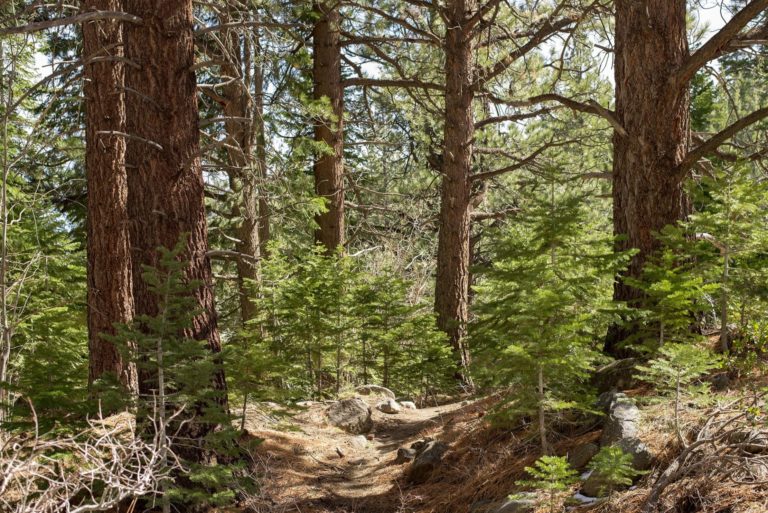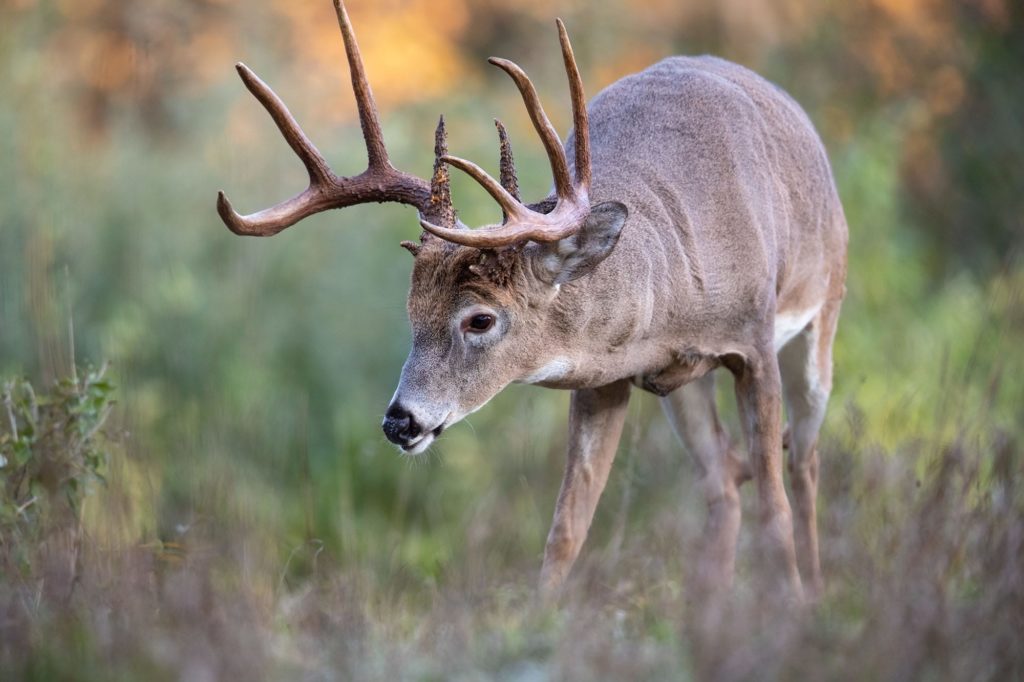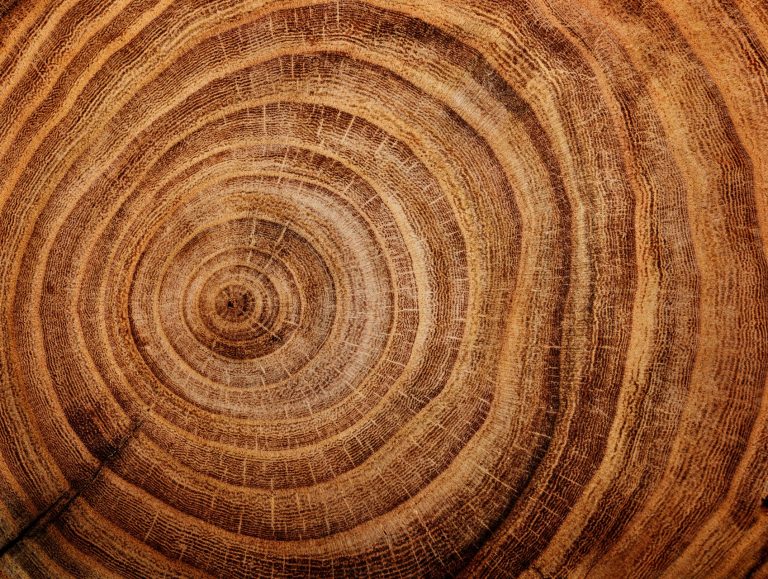What Should I expect at harvest?
A common question we get is ‘How much are my trees worth?’ But before we can answer, we must first get a lay of the land. It’s essential to understand all of the functions of a timber harvest and what we can and cannot take with us.
Over-Maturation
Collateral damage to young trees through falling debris or timber felling results when timber companies harvest over-mature trees.
While not always avoidable, clearing over-mature trees will lead to a much healthier forest with scheduled harvesting. If you believe your woodlot is in danger of overgrowth, please contact Post Hardwoods today.
The decline of a tree’s lifespan is not always easy to see as they die from the inside out while leaves continue to grow.


Treetops & Forest Floors
A byproduct of harvesting, treetops are commonly used for firewood.
As for the floor, a healthy woodlot is an incredibly prosperous area for white-tailed deer.
After harvesting occurs, sunlight is better able to reach the forest floor and enrich the soil, accelerating younger tree and understory growth.
Such dramatic increases in fauna attract deer and other wildlife more consistently than a non-harvested woodlot.
Harvest Scheduling
Harvesting mature trees is our No. 1 goal. A healthy harvest should take place every 7 to 10 years.
Canopy inspection is a vital step in this process, as a closed canopy often indicates its either time for harvest or over-growth is occurring. Not all trees live forever, so timing is important when ensuring the overall health and vitality of your trees and the lumber created from them.

